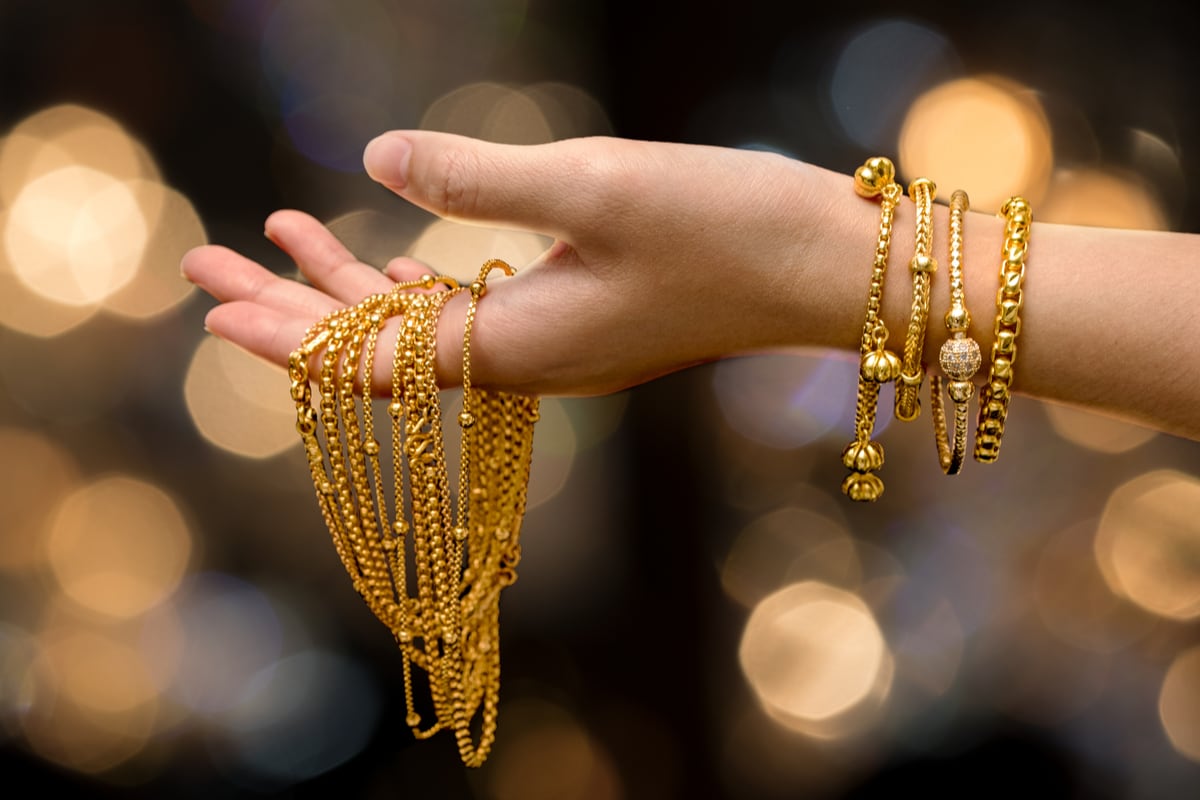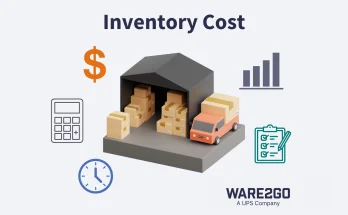Most people clean up their jewellery boxes just as much as they clean out the closets. Get the old, unused stuff to make space for new things. You can give you old and unwanted things to family and friends or donate your stuff to charities. However, there is another way to deal with old and unused jewellery – Sell it!
Where to sell gold jewellery?
This sounds simple, but it can be complicated considering how many different jewellery buyers out there would love to buy your gold jewellery. You want to get a good price, but just going through the internet and information on gold buyers, pawn broker, recyclers, refiners, etc. – it can all be bewildering. There are a lot of myths being peddled out there. Let’s sort through some of these misconceptions to get to the actual facts:
#1. Is white gold is worth more than yellow gold?
White is often associated with purity, but gold is naturally yellow, why would anyone think white or rose coloured gold is more precious? This also has to do with how these are priced on the market. White gold seems to be pricier and more desirable.
Here is what you should know about gold and its purity.
Gold purity is expressed in karats. 24k is the highest quality but there is a problem with 100% pure gold. It is too soft, too malleable so to make it harder there are metal alloys added to it. Whatever gets added to gold changes its character in a certain way. White gold is created by adding palladium and silver or copper and zinc. Zinc is used as a bleaching agent to reduce the colour of copper. A 14K white gold is made of 14/24ths pure gold or 58.3% pure gold. The other parts are made up of palladium and silver. For yellow gold the 10 parts are made up of copper and silver. So, a 14k piece of white gold weighing 10 grams has the same amount of gold as a 14K yellow gold piece of the same weight. The only difference is the type of alloy mixed in with the gold. xf are interested in the gold, not the alloys in the gold. So, when you sell your gold jewellery, it’s the karat that is important, not its colour.
Before you take your gold to a gold buyer, sort it out according to karats and weigh the gold. Don’t mix karats. For example 10k contain 41.7% gold and 18k gold jewellery contains 75% pure gold. That’s a difference of 33.3% that you may not be paid for if all your gold is lumped together on a scale.
#2. Old or vintage gold is more expensive than modern golden pieces
Vintage jewellery could be worth thousands or be totally worthless. Just because you have a family heirloom passed down from generation to generation does not make it valuable. A lot of the jewellery is costume jewellery that has less gold than you may be led to believe. If the piece you are thinking of selling has an interesting history, then there might be a collector out there who is willing to pay a whole lot more than your typical gold buyer who is only interested in the gold not the historical significance of the piece. Find out as much as you can about family heirlooms and vintage jewellery before you sell them off. If they do turn out to be nothing more than costume jewellery there might be someone who is looking for that specific type of costume jewellery. Try online auction sites like eBay or online communities of vintage jewellery collectors.
#3. Old and damaged jewellery is worthless
People sell old, broken and mismatched jewellery pieces all the time and they get plenty of money for it. Jewellery buyers are part of the gold recycling community. Gold recyclers don’t discriminate. All gold pieces are recycled by being melted down, refined and repurposed into something new.




